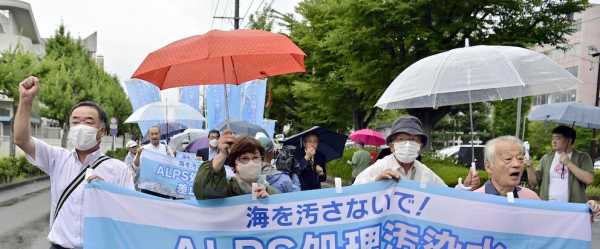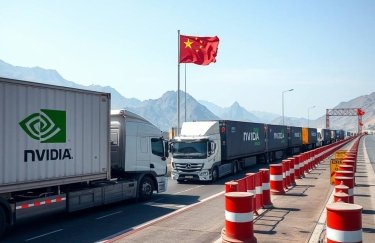
TOKYO — The operator of the wrecked Fukushima nuclear power plant said Monday that it has safely completed the first release of treated radioactive water from the plant into the sea and will inspect and clean the facility before starting the second round in a few weeks.
The Fukushima Daiichi plant began discharging the treated and diluted wastewater into the Pacific Ocean on Aug. 24. The water has accumulated since the plant was damaged by a massive earthquake and tsunami in 2011, and the start of its release is a milestone in the plant's decommissioning.
The discharge, which is expected to continue for decades until the decommissioning is finished, has been strongly opposed by fishing groups and by neighboring countries. China has banned all imports of Japanese seafood in response, hurting producers and exporters and prompting the Japanese government to compile an emergency relief fund. Groups in South Korea have also fiercely protested, demanding Japan stop the release.
Prime Minister Fumio Kishida, at summits last week of Southeast Asian countries and the Group of 20 nations, stressed the safety and transparency of the release to win international support and sought the immediate lifting of China's ban.
During the 17-day first release, the plant's operator, Tokyo Electric Power Company Holdings, said it discharged 7,800 tons of treated water from 10 tanks. About 1.34 million tons of radioactive wastewater is stored in about 1,000 tanks at the plant.
Plant workers will rinse the pipeline and other equipment and inspect the system over the next few weeks before starting the release of the second round of 7,800 tons stored in 10 other tanks, TEPCO spokesperson Teruaki Kobashi told reporters Monday.
All sampling data from seawater and fish since the start of the release have been way below set safety limits, officials said.
The International Atomic Energy Agency has been cooperating with Japan and reviewed the safety of the project. It concluded that the release, if carried out precisely as planned, would have a negligible impact on the environment, marine life and human health. On Monday, a team of South Korean experts from the Korea Institute of Nuclear Safety, under an agreement between South Korea and the U.N. nuclear agency, visited an IAEA office set up at the Fukushima plant to monitor the release and share information, the IAEA said in a statement. The South Korean team has been in Japan for the last two weeks and met with IAEA officials offsite.
TEPCO and the government say the wastewater is treated to reduce radioactive materials to safe levels, and then is diluted with seawater to make it much safer than international standards.
The radioactive wastewater has accumulated since three of the plant's reactors were damaged by the 2011 earthquake and tsunami. It continues to grow because cooling water used on the damaged reactors leaks into the reactor basements, where it mixes with groundwater.
TEPCO plans to release 31,200 tons of treated water through March 2024, and officials say the pace will pick up later.
The government and TEPCO say the discharge is unavoidable because the tanks will reach their capacity of 1.37 million tons next year and space at the plant is needed for its decommissioning.
Sourse: abcnews.go.com






